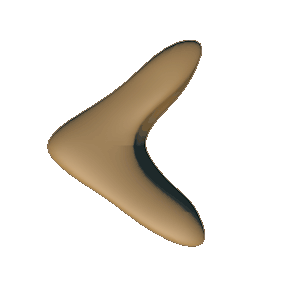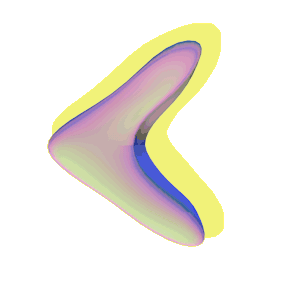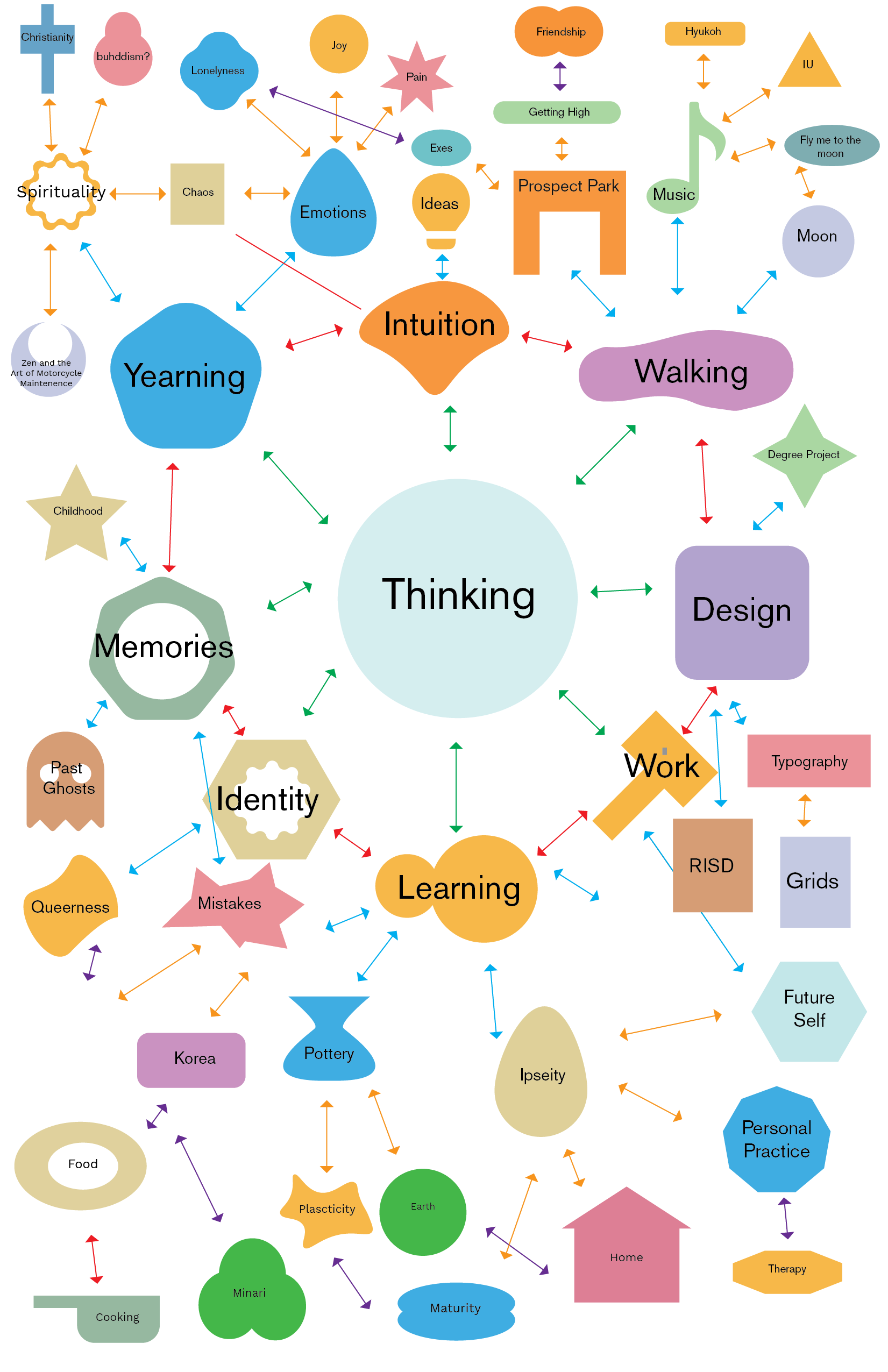


MB:So I study what mathematicians call graph theory, and it's a different kind of graph than then you know, the graphs you talk about in calculus, or high school algebra or whatever. So what we call a graph is what most people call a network, and so you can imagine a network is just a collection of objects, and some of the objects are connected to each other somehow. So when we talk about a social network is a perfect example. You know, each person is sort of an object in the network. Some of those objects are connected through friendship, you know, we're talking about LinkedIn, you're connected, because your work colleagues or whatever, and so what we do in graph theory is we study the structure of the network itself. So we kind of forget where the network came from, we don't necessarily focus too much on, you know, a social network, or whether it's an electrical network or whatever. We just kind of look at the, the way, the vertices, the nodes are kind of hooked up together, and we answer questions that are kind of like, say, you've got one person, and they're connected to like, maybe like five friends. And those five friends are each connected to a bunch of other friends. What's the shortest distance between those two people? You know, so you've heard of like six degrees of separation? So that's, that's kind of a thing for for graph theory, we kind of talk about what's the shortest way to get from one person in the network to another person in the network. Or on the other hand, like, if you wanted to kind of like, break apart the network, what's the most efficient way to disrupt the network? So, you know, in this time, that of COVID, or, or even some years ago, there was an article in NPR, about the army trying to disrupt terrorist networks, by capturing or neutralizing certain individuals, And so they had to kind of identify who were the key people in this network, who who should we target if we wanted to disrupt this network? So the mathematical background of that kind of stuff, that's what I work on.